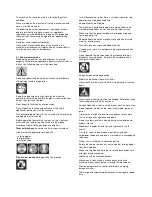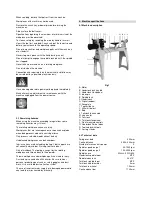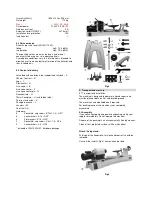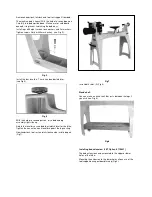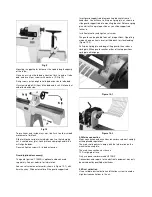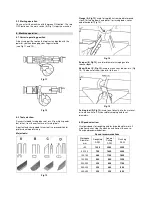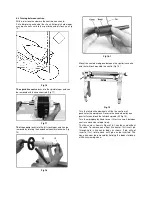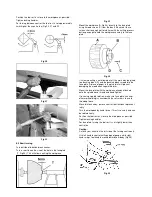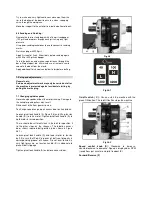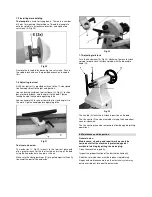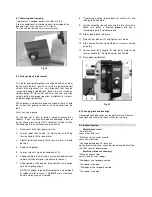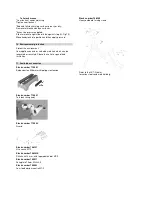
Try to make one, very light continuous movement from the
rim to the bottom of the bowl to ensure a clean, sweeping
curve through the workpiece.
Move tool support to the exterior to re-define bottom of bowl.
6.6 Sanding and Finishing:
Remove the tool rest and begin with a fine grit sandpaper
(120 grit) and progress through each grit, using only light
pressure.
Use power sanding techniques to avoid concentric sanding
marks.
Finish sanding with 220 grit.
Apply first coat of finish. Allow to dry before sanding again
with 320 or 400 grit sandpaper.
Turn lathe back on and make a separation cut through the
base. Stop at about dia. 80mm and use a fine tooth saw to
separate the bowl from the waste.
Apply additional finish coats and allow to dry before buffing.
7. Setup and adjustments
General note:
Setup and adjustment work may only be carried out after
the machine is protected against accidental starting by
pulling the mains plug.
7.1 Changing spindle speeds
Never change speeds without the motor running. Damage to
the variable speed pulleys may result.
Disconnect lathe from power source.
To change speed range, open access door on headstock.
Loosen pivot lock handle (A, Figure 26) and lift up tension
handle (B) to raise motor. Tighten pivot lock handle (A) to
hold motor in raised position.
There should be sufficient slack in the belt to reposition it
to the other steps on the sheaves. The label on access
door shows required belt position (also shown in Figure
26-1).
Loosen pivot lock handle (A) and lower motor to tension
belt. Be sure that Poly-V grooves of belt seat properly in
corresponding groove of sheave. Do not over-tension; a
very light pressure on tension handle (B) is adequate to
prevent belt slippage.
Tighten pivot lock handle (A).and close access door.
Fig 26
Fig 26-1
On/off switch ( C ):
You can start the machine with the
green ON-button. The red Off-button stops the machine.
Fig 26-2
Speed control knob (D):
Clockwise to increase,
counterclockwise to decrease. Speed is displayed as RPM
(revolutions per minute) on digital readout (E).
Forward/Reverse (F)


